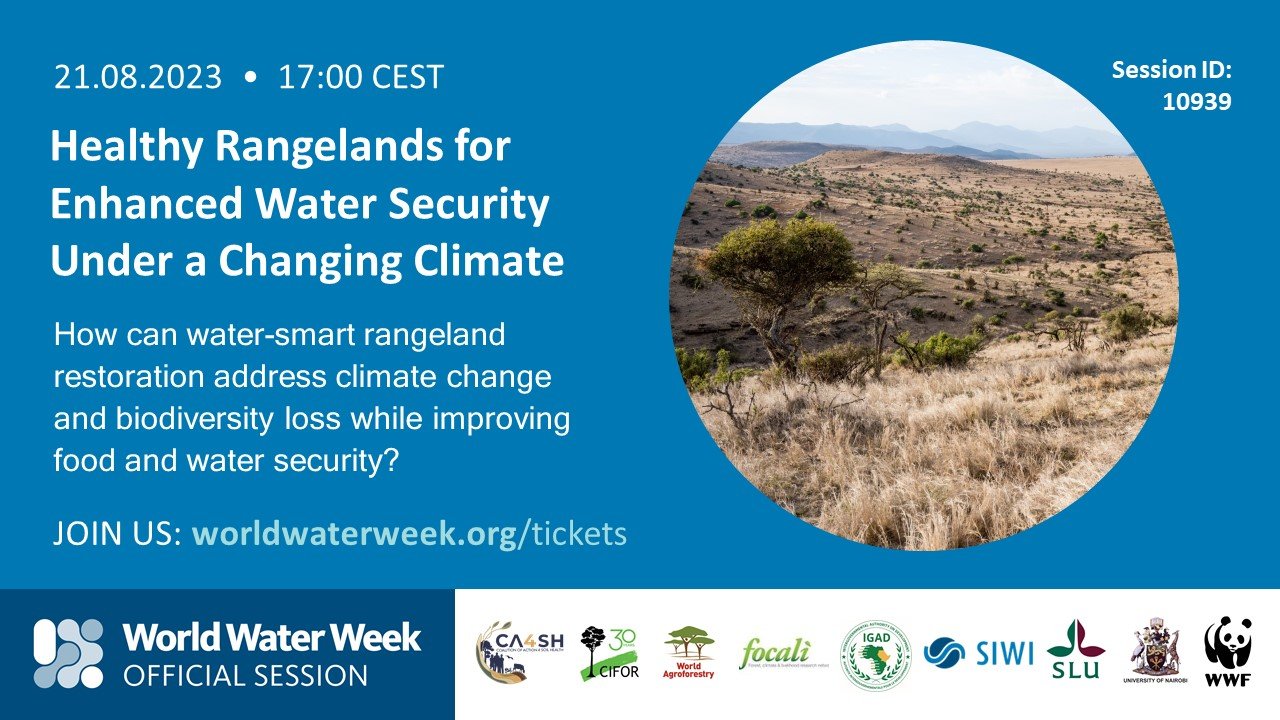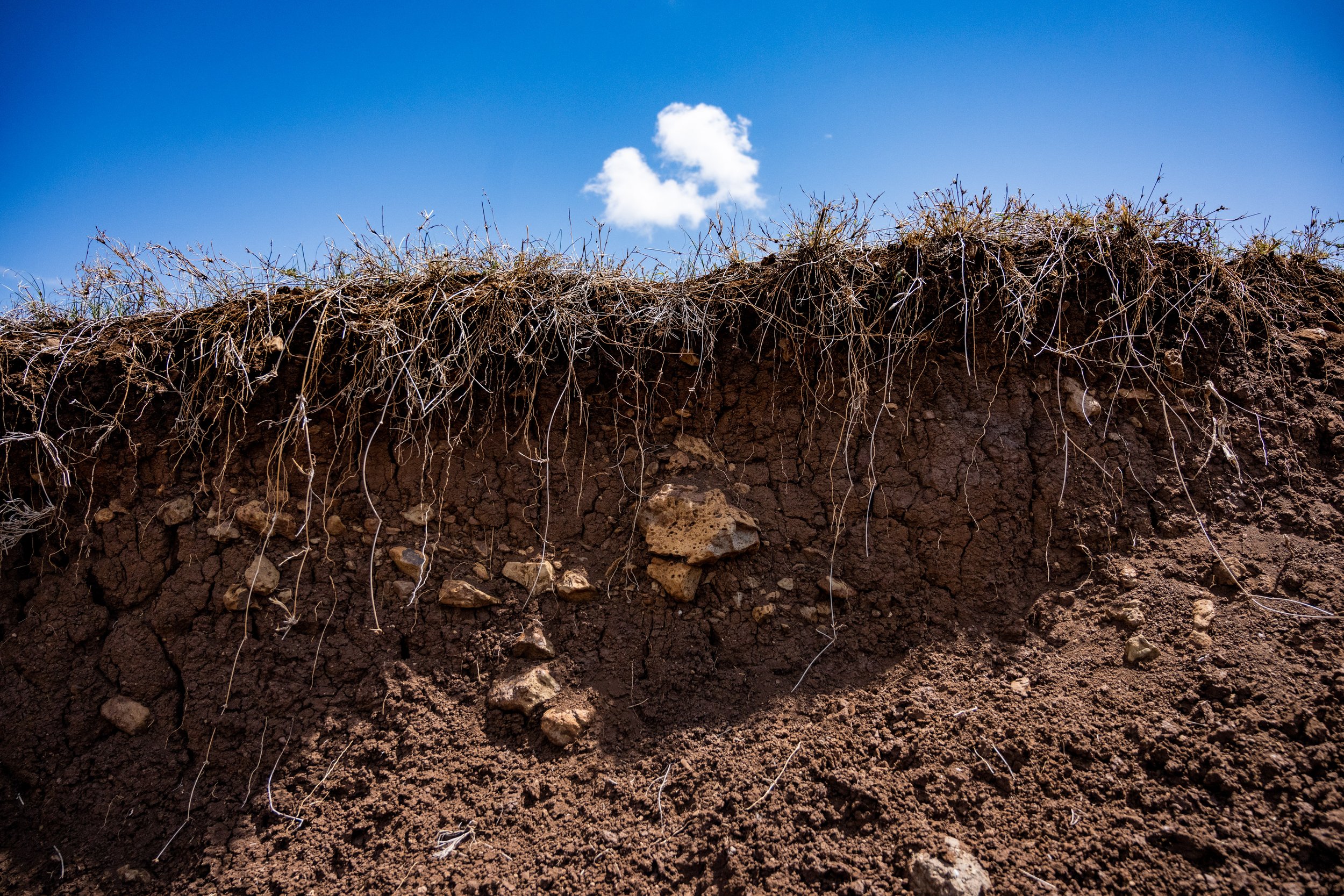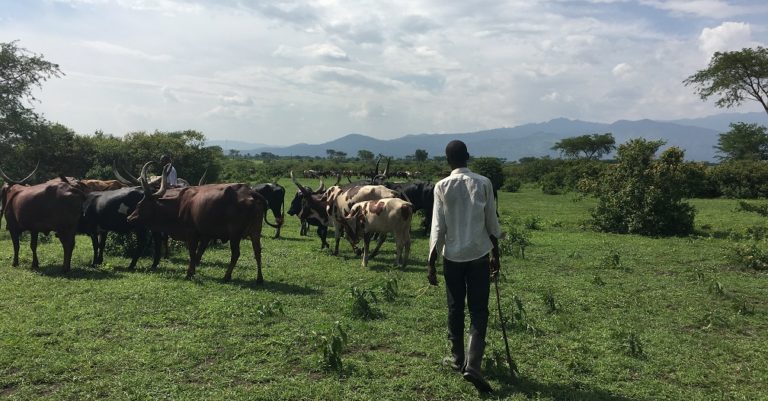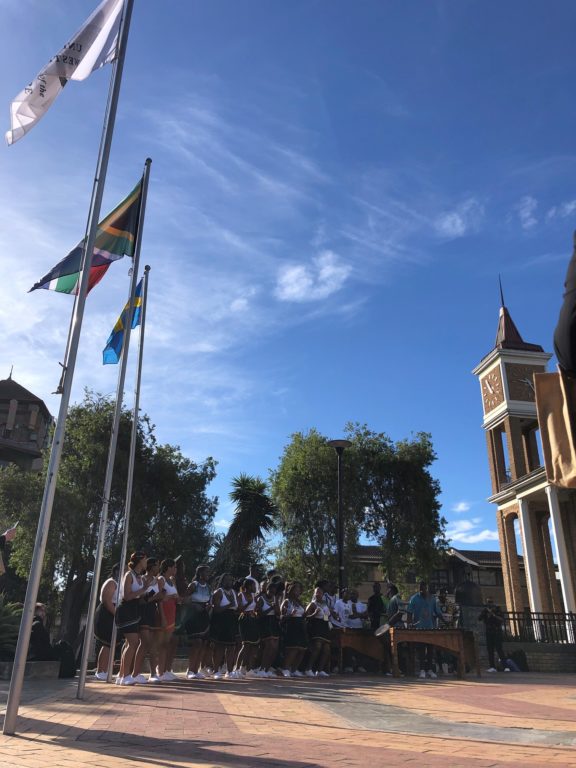Den här bloggen är skriven av Kristina Karlsson Green, programkoordinator för SLU Youth Institute i Alnarp, i samarbete med Anna-Klara Lindeborg and Elisabeth Nyström, programkoordinatorer i Uppsala och Umeå.

Den 23 oktober var det äntligen dags för avfärd, efter veckor av förberedelser reste vi koordinatorer inom SLU Youth Institute tillsammans med tre gymnasieelever och en lärare till Des Moines, Iowa, för att delta i Global Youth Institute (GYI). Efter att ha förberett och pratat ihop oss under hösten, möttes vi till slut alla upp på Kastrup – Zeb från Lycksele, Alice från Uppsala och Nina från Lund. Och så Anna, engelsklärare på gymnasieskolan Spyken i Lund, som följde med för att stötta eleverna och delta i GYI:s program för medföljande mentorer. Ett kort möte vid gaten blev det, då flyget från Arlanda var försenat och deltagarna från Uppsala och Umeå därmed fick springa genom Kastrup. Kort, men inte mindre glatt då alla var otroligt peppade på att träffas och komma iväg! Väl framme i Iowa blev vi varmt mottagna på flygplatsen av fantastiska representanter från World Food Prize Foundation (WFPF).

Veckan som följde var väldigt intensiv med ett späckat schema från 7 på morgonen till 22 på kvällen – “Hur ska eleverna orka?” tänkte vi innan vi åkte, men i sanningens namn var det nog vi koordinatorer som var tröttast; eleverna höll energin uppe trots att de umgicks med rumskamrater och övriga deltagare till sent om kvällarna. Eller kanske just därför, för det var nog utbytet med alla nya, internationella bekantskaper som var något av det mest givande för dem under veckan. Som vi förstod det hade det varit livliga diskussion om bland annat vapenlagar, migration och välfärdssystem, där synsätt och erfarenhet kunde skilja sig mycket åt mellan eleverna, men olika perspektiv på frågor öppnar också upp för förståelse och nya tankar. Många av eleverna gjorde upp gemensamma planer om att i framtiden fortsätta hålla kontakten och besöka varandra.
Förutom att redovisa sina uppsatser på engelska i internationella rundabordssamtal, arbetade eleverna med en gruppuppgift om global livsmedelstrygghet, de deltog i olika panelsamtal och i Borlaug Dialouge, det konferensprogram som anordnades i samband med utdelningen av World Food Prize, där forskare, makthavare och företagsledare deltog. Eleverna fick under veckan t.ex. höra om innovationer i livsmedelssystemet, regenerativt jordbruk, resiliens och hur man kan engagera och möjliggöra att organisationer och grupper i samhället bidrar till förändring.
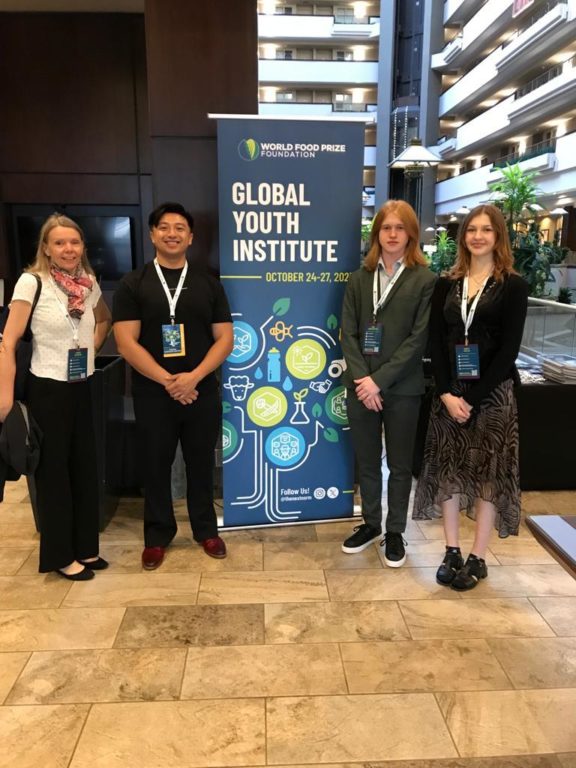
Just förändring var konferensens övergripande tema och det framhölls många gånger att livsmedelssystemen måste förändras, vi kan inte prioritera enbart produktion utan måste anpassa oss, både till pågående klimatförändringar och framtida scenarier. Även om en del programpunkter för eleverna innehöll långa föredrag bjöd de flesta in till interaktion mellan eleverna och presentatören. Det var tydligt att organisatörerna prioriterat elevernas möjlighet att nätverka med de experter och ledare som deltog, där ungdomsperspektivet var ett genomgående tema i hela Borlaug Dialogue. Eleverna fick bland annat möjlighet till en exklusiv frågestund med USA:s jordbruksminister och World Food Prize-pristagaren Heidi Kühn, som deltog två gånger i ungdomarnas program. Något som verkligen genomsyrade programmet var tron på, och uppmuntran till, ungdomarna. De stärktes, på ett sätt vi kanske inte är vana vid i Sverige, till att förändra världen, ta ledning och bli framtidens ”game changers”. Man poängterade att även om ungdomarna, och världen idag, kommer att stå inför stora utmaningar, så görs det också otroligt många insatser och framsteg. Framtiden är inte nattsvart, det finns hopp och möjligheter!
Vi koordinatorer deltog parallellt i ett eget program, där vi fick nätverka med koordinatorer från andra Youth Institutes och diskutera hur vi kan förbättra våra program. Vi fick en hel del nya idéer till aktiviteter för elever och lärare, samt nya kontakter för att kunna utöka våra samarbeten. Många av de andra Youth Instituten har nära samarbete med universitetens studentrekrytering, vilket vi också ser stor potential till och vill utveckla här på SLU. Det var även roligt att höra att WFPF planerar att sätta ytterligare fokus på hållbarhet i Global Challenge-uppgiften. Något som vi i SLU Youth Institute redan betonar. Vi fick även nyheten om att ytterligare ett Youth Institute kommer ansluta sig från Uganda, vilket känns mycket positivt!
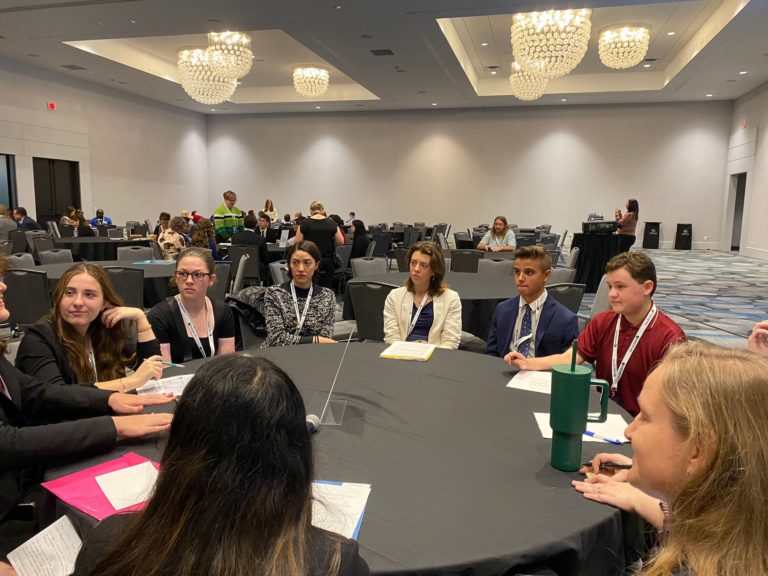
Efter en intensiv vecka vände vi hemåt igen – många erfarenheter, perspektiv och kontakter rikare, och med ny inspiration till att fortsätta utveckla och driva SLU Youth Institute framåt. Och vi tror nog att våra elever tog med sig mötets budskap och blev stärkta i att använda sin egen drivkraft; ett par veckor efter hemkomst kontaktade de nämligen Musikhjälpen för att starta en insamling till förmån för årets tema Ingen ska behöva dö av hunger.

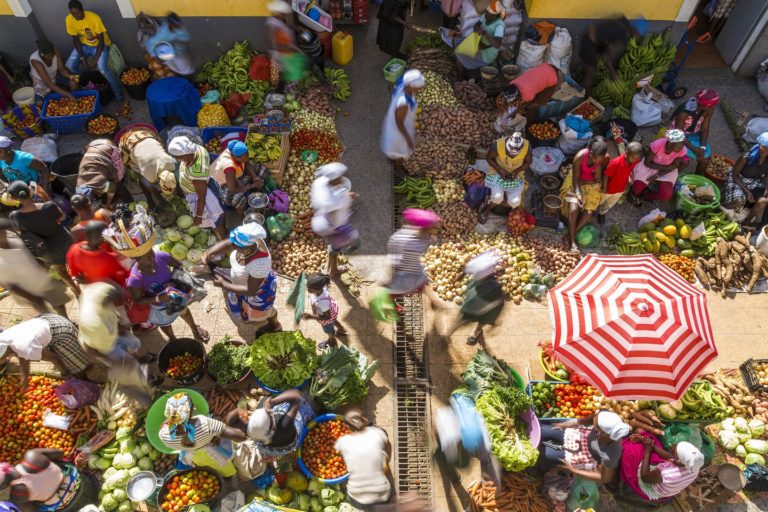
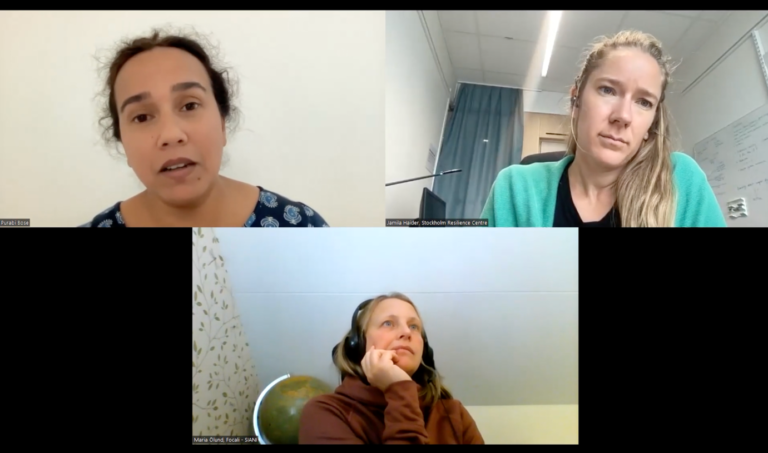 Screenshot of panel recording from “Panel 12 – Indigenous knowledge production and rights in food system”
Screenshot of panel recording from “Panel 12 – Indigenous knowledge production and rights in food system”